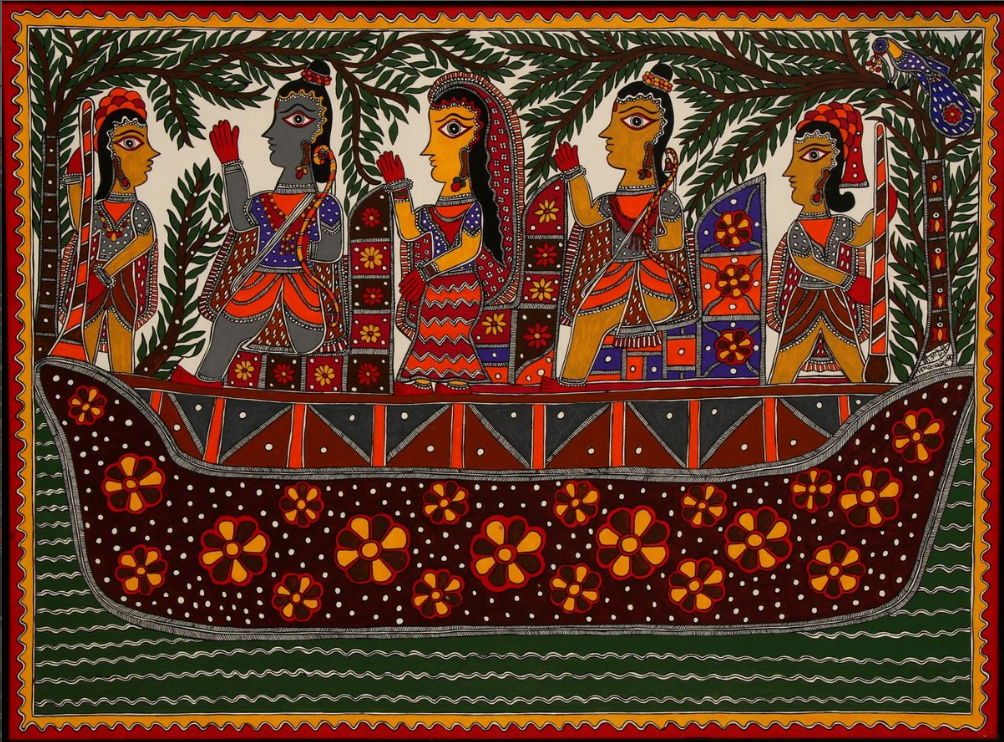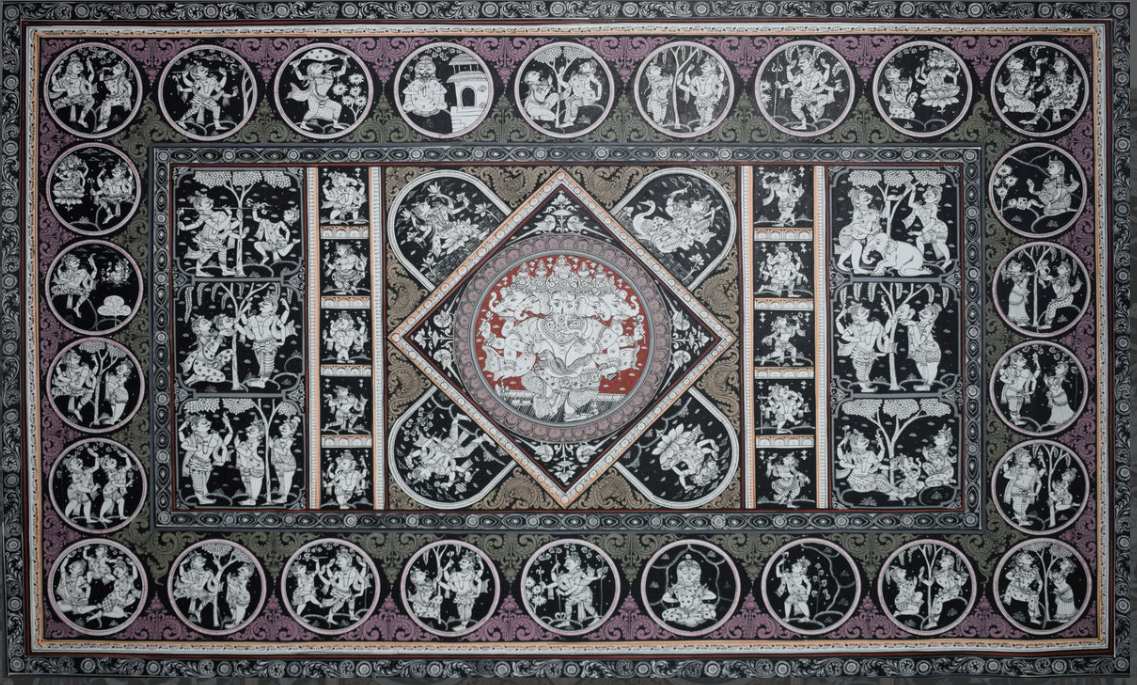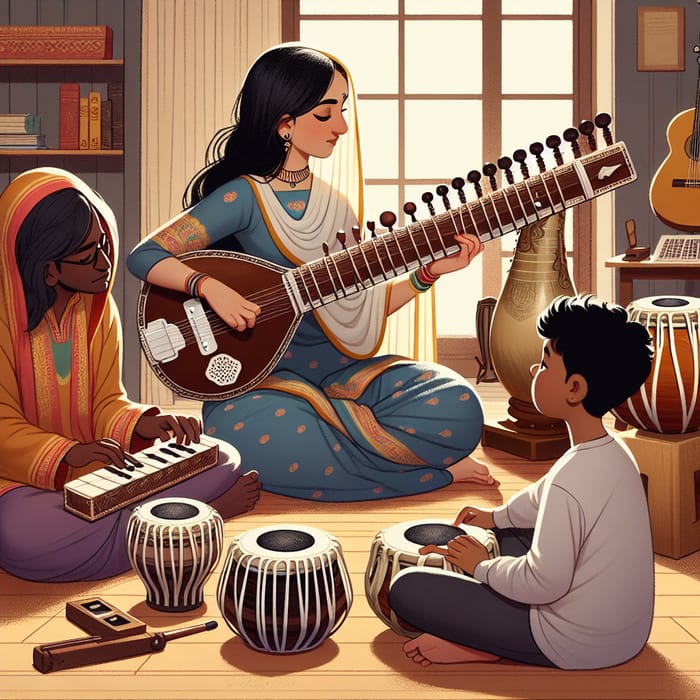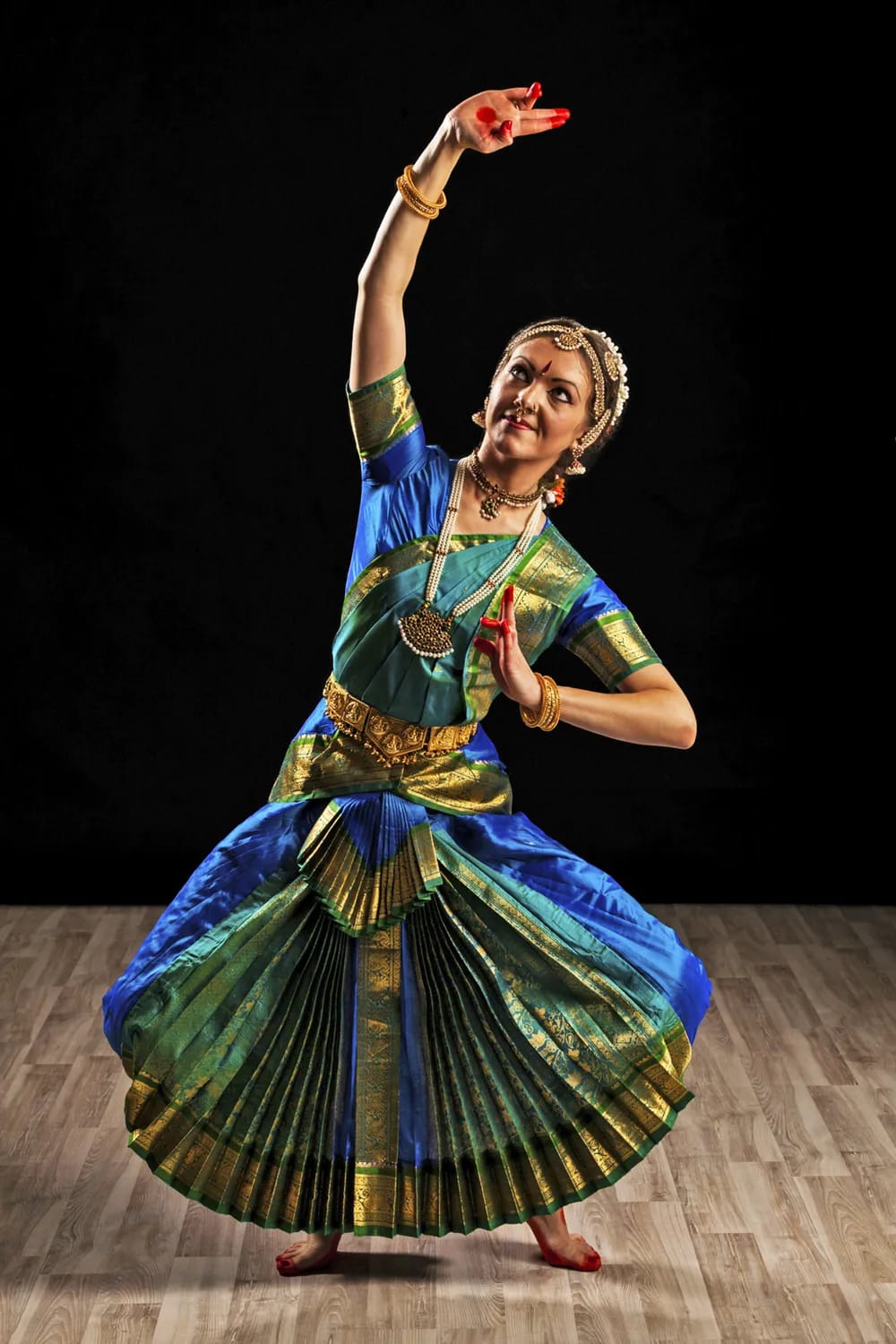
Madhubani:
One of the most celebrated styles of Indian art is, Madhubani which originated in the Mithila region of Bihar as a form of wall art.This spectacular folk art style was unknown to the outside world until discovered by the British colonial William G. Archer in 1934 while inspecting the damage after the massive Bihar earthquake. Archer was amazed by the beautiful illustrations on the exposed interior walls of the houses…The beauty of Madhubani lies in its simple and evocative portrayal of culture and traditions.

Patachitra:
Patachitra is the cloth scroll painting tradition from Odisha, dedicated to mythological and religious themes in Indian art. Bold, strong outlines, vibrant colors like white, red yellow and black with decorative borders are some of the characteristics of patachitra painting style, that is admired by art lovers across the world.

